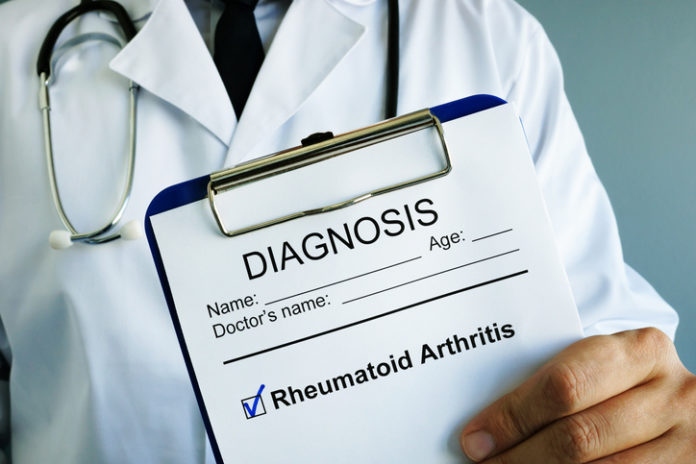“Conventional synthetic disease-modifying antirheumatic drugs (csDMARDs), such as methotrexate (MTX), are generally used as first-line treatment in China due to their low costs and established efficacy. However, almost half of csDMARD-treated patients who flare following cessation of therapy do not regain their previous state of remission,” the researchers explained. “Recently, biologic DMARDs (bDMARDs) have improved the management of RA; however, their use in clinical practice in China is limited due to high costs, immunogenicity and poor patient compliance. Furthermore, available DMARDs (csDMARDs or bDMARDs) do not always prevent progressive joint damage nor do they always significantly improve quality of life.”
The researchers therefore evaluated the safety and efficacy of Janus kinase (JAK) inhibitor baricitinib in a randomized, double-blind, placebo-controlled study.
A total of 231 patients with moderate to severe active RA were included in the 52-week study. All patients had demonstrated an inadequate response to methotrexate. They were randomized to receive either placebo (n=115) or baricitinib 4 mg once daily (n=116). The main outcome measure was 12-week American College of Rheumatology 20% (ACR20) response. Secondary outcomes included ACR50, ACR70, physician’s and patient’s global assessments of disease activity, patient’s assessment of pain, Disease Activity Score in 28 joints using high-sensitivity C-reactive protein, remission, low disease activity rates, and mean duration and severity of morning joint stiffness, worst tiredness, and worst joint pain.
At week 12, the baricitinib patients had a significantly better ACR20 response compared to the placebo patients (53.4% vs. 22.6%; P=0.001); most secondary outcomes also presented statistically significant improvements associated with baricitinib. Baricitinib efficacy did not differ among patients with different demographics and baseline characteristics. No significant safety differences were observed between the groups.
The study was published in Rheumatology and Therapy.
Credit: Original article published here.










